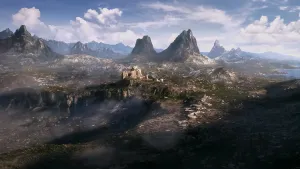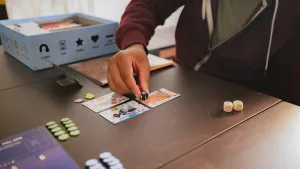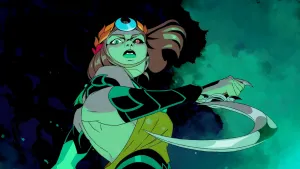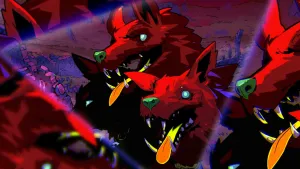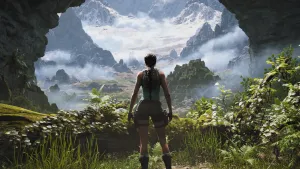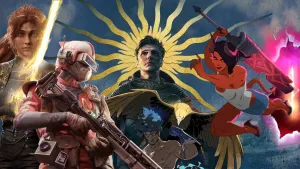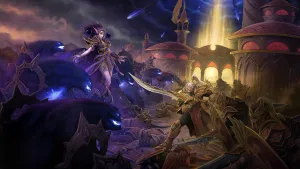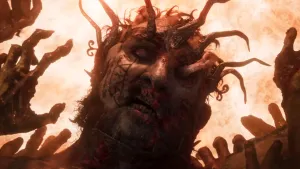Review: Xenoblade Chronicles 2

© Nintendo
Xenoblade Chronicles 2
Time Investment: 100+ Hours
Verdict: Play
Xenoblade Chronicles 2 is a game that is utterly disinterested in how much free time you have. It exists as it is, and if you cannot play a game this large then it does not need you; it does not want you to experience it in a hurry. Monolith Soft wants you to take your time and let the game open up to you. With that said, if you manage to dive off the deep end and see what this game truly has to offer it can be one of the most rewarding RPGs you’re like to play.
As a direct follow-up to the original Xenoblade Chronicles in 2012 this sequel does a lot to expand and evolve many of those concepts. There is once again the idea that the people of this world live on the backs of enormous titans, and it is as visually arresting a setting as ever. They are now not quite as large as before, but there are also many more titans this time around (“not as large” in this case definitely does not me small it should be noted). These various titans serve as this world’s de facto nation states between which all of the game’s political intrigue lies. These politics fall more into the background in favor of the larger world-ending catastrophe propelling the plot forward. In fact, these nations, with armies and palaces, at times feel like it is made up of one town and the outskirts for you to explore and fight monsters. It is strangely at odds with how the game deals with scale. Relative to your player character you trek across truly large landmasses packed with places to discover and interesting monsters to fight. So when the story presents the familiar squabbling of large nations it is a shame that those nations feel empty and small.
That aside, the game’s presentation is gorgeous. This time out the game has taken on a more anime-inspired art design to complement some of the more bombastic and overwrought cutscenes. It works well with the bump in quality from the Wii original. Sadly though, when being played in handheld mode on the Switch the resolution is sharply reduced. Having played the game in handheld mode for about 10 hours or so I can say that it is a perfectly reasonable way to play it, but docked is by far the better experience. It’s worth to play docked because Xenoblade Chronicles 2 can occasionally make your jaw drop. Walking through the game’s sprawling fields or frozen tundras only to look overhead and notice that you are walking on the back of a moving beast is breathtaking every time. It does a wonderful job of putting you in a world you want to know more about.
Like much of the game, though, when you dive into the narrative it tends to only work at scale. The world of Alrest is fascinating—these titans all float around in a literal sea of clouds—but when you get down to the character level they play a little flat. It does little to stand out in the already bloated genre, but it tends to tackle heady topics with more grace than is expected. On that micro level you begin to see some of the cracks: The board they laid out is wonderful and complex, but the pieces feel familiar and shallow. Thanks to some excellent localization and voice work, though, it manages to eschew many of the doldrums of JRPG stories. They may not be the best new characters, but the way they are acted gives them a charm that is undeniable. With some notable exceptions (the nopon, Tora is aggressively annoying for instance) I was enjoying the overall package enough to want to see the story to its end. More damning than the occasional annoying character lie in some of the character design choices. You have your brave young protagonist and your strange furry sidekick, but many of the female characters are drawn so offensively that the game has to mention it a few times. The girl characters will chastise the males for staring at their chests (which are preposterously large) and Tora, who invents his own companion, gets embarrassed when she sparks to life talking like a creepy doll. There are moments where they try to have fun or be cheeky with some of this exploitation seemingly in the hopes that addressing it would disqualify it from critique, but it just seems like they know it’s a little gross and simply didn’t want to change it. It was difficult to overlook, but the story is not so grounded that it was impossible.
The game follows Rex, a junk salvager, who is quickly found out to be the stock-standard “chosen one.” He bonds with the legendary Aegis, Pyra, who is a blade. Blades in Xenoblade Chronicles 2 are characters unto themselves that mystically grant the driver with their weapon. So instead of finding more and better weapons throughout the game, you find different blades that attach to one of your party members. This is what is really at the heart of what makes this game unique. The story, combat, and exploration all largely revolve around your connections to the blades you have. The blades are immortal but are inextricably linked to their drivers. As such, when the driver dies, they return to a crystal so another driver can reawaken them in the future, only without any of their memories. Some of the main conflict arises because blades don’t have the gradual evolution of humans who can pass their legacy from one generation to the next. The story is fun and often quite interesting in spite of the clichés.
What can be so stunning about this game is when those themes begin to represent themselves in the gameplay. As an RPG you will be earning levels and all of the appropriate numbers will get bigger and new systems will be introduced, but more importantly the core combat mechanics will slowly reveal their depth the more time you sink into it. When you start the game the combat encounters may require you to utilize your positioning against an enemy or start using your special attacks that build from successful auto-attacks. When you meet tougher enemies you will need to start learning about how your attack elements are effective or not against enemies. Soon you will start to see how to combo these strong elemental specials. Right when you think you understand the complexities of combat you learn that those combos need to themselves being stacked so that you can execute a chain attack. All of these systems are available from the very start of the game, but they only become important as the game throws tougher fights your way. I died over and over to one of the game’s optional bosses; it was one of the most satisfying moments in a while when I finally figured out how to use all of the game’s systems to their fullest and take the beast down.
Because the game fully embraces how much of an investment it is, it relishes in the time it takes to set up its systems. It lets everything become perfectly natural to you before it layers additional systems on top, and the game is so mechanically dense that it was still rolling out new systems or gameplay tweaks after I had already sunk over a 100 hours into it. Explaining the various systems in place in this game would take as much time as it took me to finish it. The game’s deepest flaw though, lies in how you unlock new blades. There are 38 rare blades that are all individually named and have lengthy personalized quests. There are also infinite common blades that all share a general aesthetic. To unlock them you must unlock core crystals that are dropped from enemies or found in treasure chests. There are different tiers of crystals that offer higher chances of unlocking these rare blades but after opening hundreds of these crystals I finished the game still missing some rare blades. If you want to unlock them all it means is you will be opening dozens of crystals until you cannot hold any more of the generic common blades then deleting those common blades so that you can repeat the process. Like the rest of the game it is time consuming, but unlike the rest of the game it is disappointingly unrewarding. It is incredibly valuable to have as many of the rare blades as possible. Beyond their unique quests they offer different field skills, which you need to access certain areas or open certain chests. It’s frustrating then that acquiring them is so needlessly arbitrary. You can of course finish the game without all of them, but it felt to me like I was being locked out of content by nothing but pure chance.
Taking the game as a whole, though, is something special. It is a daunting undertaking but well worth the investment if you like your RPG mechanics unapologetically complex. It seems overwhelming at first, and if you ever stand back and really take in what is happening on screen during a battle it seems like pure unadulterated chaos. The beauty of it though is when you learn to let your eyes unfocus a bit and you begin to see all of the moving pieces at work. All of the gears start to fall into place and the game’s intricate systems become clear. It is a slightly different RPG experience to finding good armor in a Final Fantasy game and tackling a boss. It doesn’t as much require specific gear so much as it requires hours and hours of experience to understand what is required of you. Xenoblade Chronicles 2 is a huge, sprawling, and daunting RPG, but despite a few flaws it is absolutely worth your time.
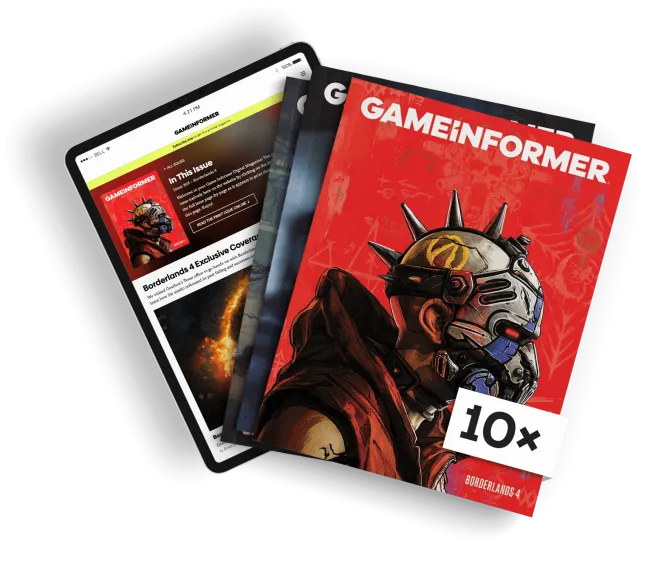
Get the Game Informer Print Edition!
Explore your favorite games in premium print format, delivered to your door.
- 10 issues per year
- Only $4.80 per issue
- Full digital magazine archive access
- Since 1991
